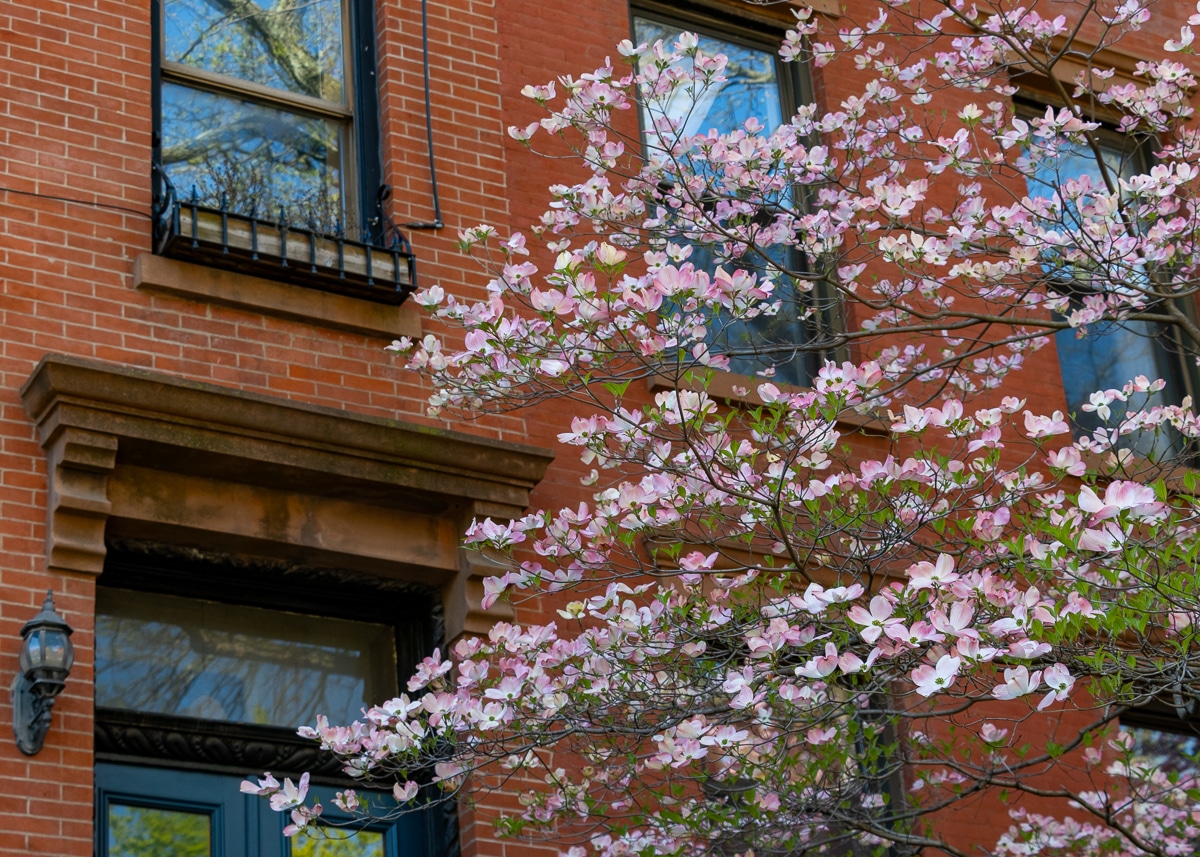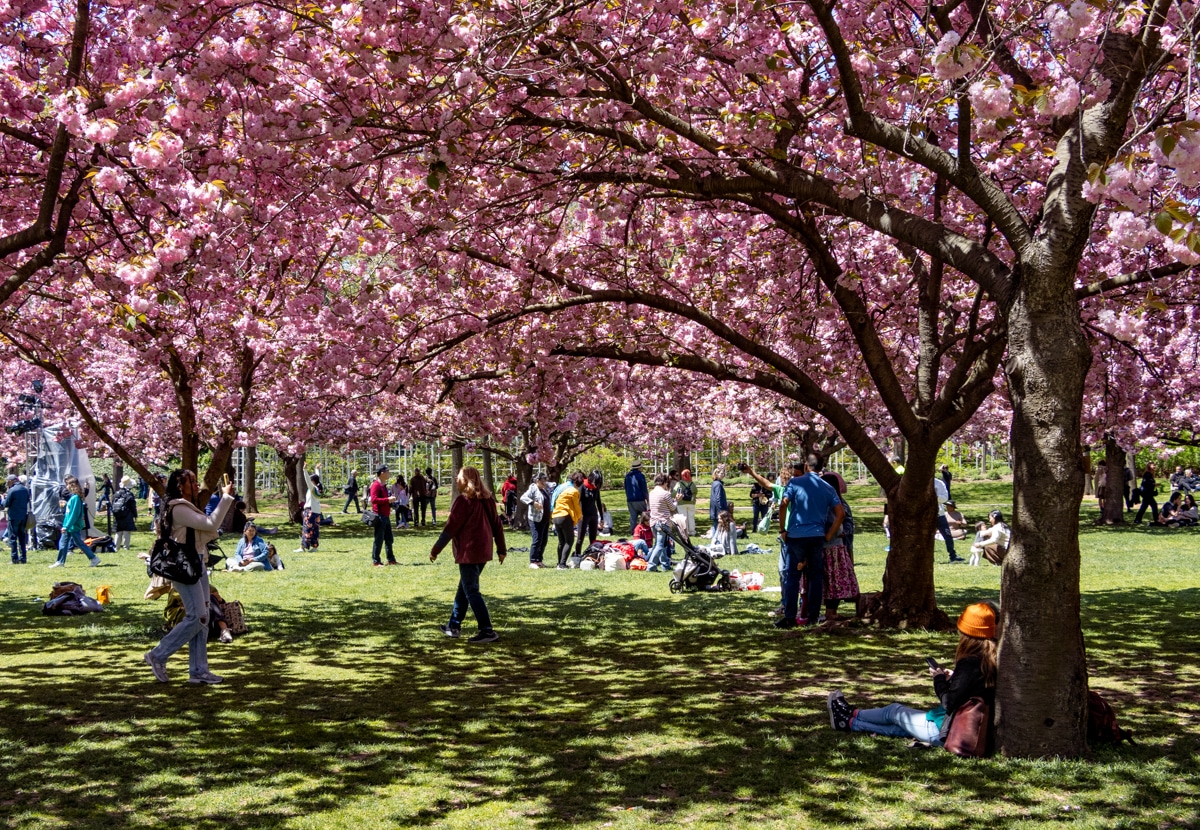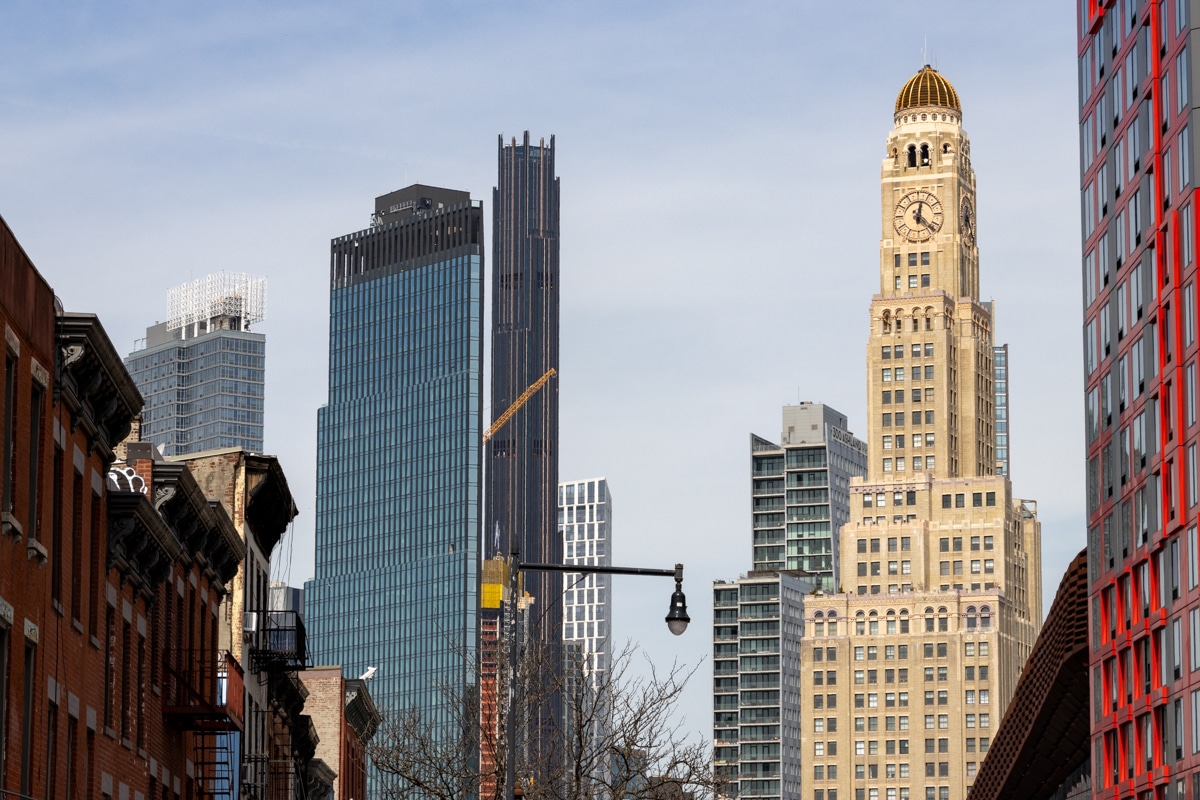A Bridge Between Neighborhoods, Part 2
Today we continue our exploration of the border between Little Neck and Douglaston. When I left off last week, I had just traversed the new shortcut between Little Neck and Douglaston Hills. It’s a short wooden footbridge over a creek running through Udalls Cove Park, a 30-acre salt marsh that effectively delineates the border between…

Today we continue our exploration of the border between Little Neck and Douglaston. When I left off last week, I had just traversed the new shortcut between Little Neck and Douglaston Hills. It’s a short wooden footbridge over a creek running through Udalls Cove Park, a 30-acre salt marsh that effectively delineates the border between the two neighborhoods north of Northern Boulevard. I had chanced upon the former St. Peter’s African Methodist Episcopal Church on Orient Avenue, formerly known as 243rd Street.
At Church Street, formerly known as 44th Avenue, we encounter one of Queens’ most historic churches: Zion Church, which has been here since 1830.
Major Thomas Wickes, a patriot originally from Huntington, owned the entire Douglaston peninsula jutting into Little Neck Bay after the Revolutionary War, and subsequently sold it to Wynant Van Zandt in the 1810s. Scotsman George Douglas purchased the peninsula from Van Zandt in 1835. The region was later developed as a suburban resort and exclusive enclave, and enjoys pleasant views of Little Neck Bay and Long Island Sound. Streets were laid out in 1906 by the Rickert-Finlay realty company, who had purchased the property from William Douglas, George’s son, and eclectic, individualistic homes were built in the area, which has always been among Queens’ most affluent. The Douglas name was appended to the area in 1876, after William Douglas had donated a Long Island Rail Road stop. Today, mansions in Douglas Manor can sell for $4 million or more!
On April 15, 1829, the leading men of the community drew up a document that announced their intention to build a church and later a school for the farming community.
Land was donated by Wynant Van Zandt, for this purpose, and the church began construction in 1830 on what was the highest land on the Van Zandt farm. Pastor Henry Beare arrived at Zion in 1842 and served the church for fifty years. It was his idea to name the area Douglaston for George Douglas, a regular in the Zion pews who purchased the property from Van Zandt.
Walking into the churchyard, you almost immediately find the grave marker of one of Little Neck’s foremost citizens, who once owned much of the land in eastern Little Neck and western Great Neck, Bloodgood Haviland Cutter.
Known as the “Bard of Little Neck,” or “The Long Island Farmer Poet,” “Bloody” Cutter (1817-1906) was a potato farmer, self-styled poet and an acquaintance of Mark Twain, who parodied him as “the Poet Lariat” in Innocents Abroad, a travelogue of his visit to the Holy Lands in the Middle East.
Twain poked fun at Cutter as a master of doggerel who annoyed fellow passengers in the novel. Cutter self-printed many editions of his verse, which are little-read today. He owned numerous parcels of land in Little Neck, Great Neck, Manhasset and Plandome that he purchased or inherited. Cutter Mill Road in Great Neck, on the site of a mill he purchased from the Allen family, is named for him.
The present Zion Church is not the same building originally dedicated in 1830. The original building was destroyed in a fire in 1924, and the church was rebuilt to closely resemble its predecessor, reopening the following year.
Exiting the church property onto fast and furious Northern Boulevard, you may think our idyll into 19th-Century environs is at and end. Not quite… if you walk east a short distance along the boulevard…
…you find another entrance to Udalls Cove Park across from 245th Street, and yet another recently refurbished park path…
…which enters the preserve through a stand of conifers.
The path skirts the edge of a deep rift formed by the creek which passes through the preserve, which is quite deep with exposed boulders. Hikers have to be careful with their footing here, since it’s a steep drop into the ravine.
The park path has an exit onto Cary Place and the parking lot of Engine 313/Hook & Ladder 164, which serves both Little Neck and Douglaston.
The firehouse is likely the oldest building on 244th and Church Streets, having been constructed during the Jimmy Walker administration in 1929.
The two “northeasternmost” of Queens’ neighborhoods, Douglaston and Little Neck, somehow seem carved out of the rather exclusive, definitely monied precincts of the Nassau County towns immediately to the east, Great Neck and Manhasset. Part of it is their compactness: both neighborhoods are served by a short shopping strip along Northern Boulevard, and the area’s hilly topography doesn’t lend itself to block upon block of similar-looking ranch houses.
A key component in the area’s general atmosphere is the presence of both Udall’s Cove Park and the much larger Alley Pond Park, which will be the site of a future examination here in BQ.
This has been my neighborhood since 2007, when I moved to Westmoreland Gardens on Little Neck Parkway from Flushing.
Kevin Walsh is the webmaster of Forgotten NY and the author of Forgotten New York and, with the Greater Astoria Historical Society, Forgotten Queens.



















What's Your Take? Leave a Comment